Fortunately, the cannabis plant does a very good job of communicating what it needs. If the plant is depleted of some nutrients, you will usually be sent a signal - wilting, discoloration, crinkly leaves - to inform you, the grower, that it is in need.
PH ISSUES
Although the soil may contain all the nutrients the plant needs, if the pH is not set correctly, then the plant will not be able to absorb them. Cannabis plants need to grow in soils with a pH of 6.0 to 6.5. If the value is lower or higher, the root of the plant will struggle with the absorption of key nutrients - a phenomenon of nutrient deprivation. Regular rinsing can prevent this. Use a PH meter to monitor the values. Here are some techniques that can also be used to change the pH of the soil:
GO ORGANIC
Advances in soil science have shown that a complex network of microorganisms works synergistically with the root system. Soil needs an optimal balance of bacteria and fungi to break down organic matter and release nutrients for the plants.
By focusing on composting and building “living soil”, nutrient deficiencies can be prevented in the long run and thriving biodiversity can develop; this will help keep your yields soaring.
Growers can also take more direct action in the short term. Leaf spraying nutrients is a quick way to replenish said nutrients that the plant is deficient in. These foods bypass the roots and are absorbed directly through the leaves.
PREVENTION & REPAIR OF NUTRIENT DEFICIENCIES
Listed below are the most important nutrient deficiencies that occur and how to prevent and correct them if there is a problem.
NITROGEN
The mobile macronutrient, nitrogen, plays an important role in photosynthesis and the formation of vital plant proteins. Nitrogen deficiency can cause yellowing or falling off of older leaves, discoloration of the entire plant and reduced yields.
Prevention
· Keep the pH in the optimal range (6.0 to 6.5).
· Start with a nutrient-rich potting mixture.
· Compost to provide nutrient-rich potting medium in the future
· Mycorrhizae are associated with nitrogen-fixing bacteria. Add them to your soil to increase your nitrogen level.
Repair
· Most organic fertilizers contain enough nitrogen to make up for the deficiency: Try fishmeal, manure, alfalfa or feather flour.
· Adjust the pH accordingly.
· Use a compost in the form of a foliar spray for a quick-acting solution.
· Increase the amount of nitrogen in the compost with kitchen leftovers, fresh cuttings and cut grass.
PHOSPHORUS
Phosphorus also acts as a macronutrient in the cannabis plant. It is a mobile nutrient so that plants can direct the mineral to the areas where it is most needed. Phosphorus plays an essential role in photosynthesis and protein synthesis and is a key component of DNA. Phosphorus deficiency can be manifested by red or purple stems, brown spots on the leaves and dry leaves.
Prevention
· Use soil with a high organic content.
· Increase absorption rate using well-ventilated soil.
· Use mycorrhizal fungi to improve phosphorus uptake in the soil. These microbes help convert insoluble phosphates into available molecules.
· Add more manure to your compost.
Repair
· Push the pH to the top of the spectrum - your plant can absorb nutrients more easily
· Add earthworm manure and fishmeal to the soil.
· Add phosphate-containing organic fertilizer.
· You may be overwatering your plant. Cut back, and only water when the top 3 cm of soil is dry to avoid saturation.
· Put plants in a warmer place and drape tarpaulin over them to retain heat. Plants have a harder time absorbing phosphorus at temperatures below 15 ° C.
POTASSIUM
Potassium: the third and last macronutrient. It helps regulate CO2 uptake and plays a role in photosynthesis. Mobile nutrients also help in the production of ATP (the unit of energy for the cell). Potassium deficiency can be evidenced by the browning and yellowing of leaf tips and edges, curled leaves, and elongated plant.
Prevention
· Be careful when using fertilisers. Overfeeding the plant can cause salt accumulation and interrupt potassium uptake.
· Strengthen your compost with hardwood ash and seaweed.
· Do not over-water your plants.
Repair
· Flush the soil or mix medium.
· Measure and adjust the pH to remove any nutrient blockages.
· Add chicken manure to the soil.
· Use organic seaweed as a foliar spray.
CALCIUM
This immobile trace element is critical for plant health - it helps retain the structure of plants’ cell walls. Calcium deficiency can lead to defective, warped formation of new shoots — root tips and young leaves.
Prevention
· Add dolomite lime / garden lime to the medium.
· A pH of 6.2 provides the best environment for calcium uptake.
· Add plenty of eggshells to your compost.
· Keep earthworms! Earthworm manure provides plenty of nutrients, including calcium.
Repair
· Use a cal-mag (calcium-magnesium) supplement.
· Raise or lower the pH to 6.2.
· Add 4 teaspoons of hydrated lime to 4l of water and use the solution to irrigate your plants.
SULPHUR
Although required in very small amounts, this important immobile nutrient contributes to the formation of vital enzymes and proteins. Lack of sulphur leads to yellowing of the new shoots and discoloration of the underside of the leaves.
Prevention
· Put manure in your compost.
· Fungi and bacteria play a key role in releasing sulphur in the soil. Apply techniques to support them, such as adding mycorrhiza to the soil when growing in pots.
Repair
· Epsom salts are rich in sulphur. Add 1-2 teaspoons of Epsom salt for every approx. 4l of water and use this supplement until the symptoms disappear.
· If necessary, adjust the pH to the optimal range.
MAGNESIUM
Without this mobile trace element, photosynthesis is not possible. The mineral is at the centre of the chlorophyll molecule and allows light to be absorbed. Magnesium deficiency results in lower growth, which does not show very well. The leaves turn yellow, dry out and eventually turn brown.
Prevention
· Put dolomite limestone in the culture medium.
· Use manure-rich compost.
· Maintain a good pH balance.
Repair
· Flush the mix or soil medium with water at pH 6.0 if the pH level is off.
· Epsom salts also provide magnesium. Add 1-2 teaspoons of Epsom salt for approx. every 4l of water and apply until the symptoms dissipate.
IRON
Iron plays an essential role in chlorophyll formation. The element is also part of many enzymes and some important pigments. Overall, this immobile trace element helps plants perform metabolic and energy-producing processes. If your plant is iron deficient, you may notice that the young shoots at the top turn yellow.
Prevention
· Help your plants absorb existing iron by adding mycorrhizae to the soil. These synergistic organisms help get the element into the plants’ root system.
· Check the pH of the soil to rule out the occurrence of nutrient entrapment.
· Add chicken manure, kitchen scraps and seaweed to your compost.
Repair
· Adjust to the correct pH.
· Flush the medium, then add an iron supplement.
· Use a small amount of nitrogen fertilizer to lower the pH and make the iron more accessible.
MANGANESE
Manganese doesn’t get too much attention in the world of cannabis cultivation. However, this immobile trace element plays an essential role in cannabis physiology. It helps photosynthesis, respiration, nitrogen assimilation and root cell elongation and protects roots from bad microbes.
Manganese deficiency will show itself as a light green discoloration at the base of new shoots. It eventually extends to the peaks and brown spots begin to appear.
Prevention
· Unbalanced pH often causes manganese deficiency. Measure the pH of the soil frequently and keep it within the optimal range so that your plants can also access this mineral.
· Make manganese-rich compost by adding pineapple, tomatoes, blueberries and carrots.
Repair
· Flush the mix or soil medium.
· Cut back any affected shoots that have not regenerated.
· Spray the canopy with algae foliage spray.
BORON
Boron works with calcium to provide integrity to plant cell walls and promote cell division. This immobile nutrient is also a weak point for breeders as it aids in the pollination process. Lack of boron leads to deficiency symptoms such as lack of turgor, thus wilting, decreased fertility, poor vegetative growth, and discontinued meristem. The new shoots twist, the leaves wither and show a yellowish-brown discoloration.
Prevention
· Do not allow your plants to dry out often.
· Avoid nutrient clogging by NOT overfeeding them.
· Do not allow the humidity to fall below 25%.
· Use good drainage.
· Put plenty of apples, bananas, broccoli and chickpeas in the compost pile.
Repair
· Flush the medium and aim for the ideal pH range.
· Mix a teaspoon of boric acid for every 4l of water and water the affected plants with it.
MOLYBDENUM
Another lesser-known nutrient, molybdenum, helps create two basic enzymes that convert nitrate to nitrite and then ammonia. Plants use the latter to produce amino acids that eventually become proteins. If your plants are deficient in molybdenum, red and pink discoloration will appear on the edges of the new shoots. The leaves will also turn yellow and mottled. Fortunately, molybdenum deficiency is quite rare.
Prevention
· Keep the pH between 6.0 and 6.5.
· Start growing with good quality live compost.
· Occasionally throw beans, peas, grains and raw nuts into your compost.
Repair
· Flush and adjust pH.
· Spray the affected plants with seaweed leaf spray.
· Irrigate your plants with earthworm compost.
ZINC
Plants don’t need a lot of zinc, but they will get sick if it isn’t present. Zinc is a catalytic and structural protein co-factor in hundreds of enzymes, membranes and growth hormones. The immobile micronutrient regulates the activity of the enzyme and stabilizes DNA and RNA. What happens if zinc is absent? Deficiency symptoms are manifested in the slowdown of new shoots; the distance between the nodes decreases, the leaves will be wrinkled and yellow. Finally, the yellowish and rusty tips appear even on new leaves.
Prevention
· In most cases, excessively alkaline pH causes zinc deficiency. Maintain the correct pH.
· Increase the zinc level in the compost by adding pumpkin.
· Good microbes play a big role in zinc uptake - add fungi to your medium
Repair
· Lower the alkaline pH to the ideal range.
· Do not over-water your plants.
· Use algae or seaweed leaf mixture to quickly increase zinc levels.
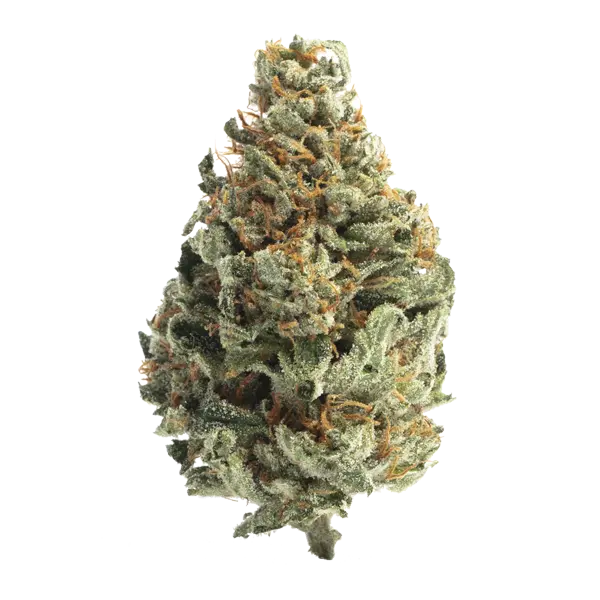



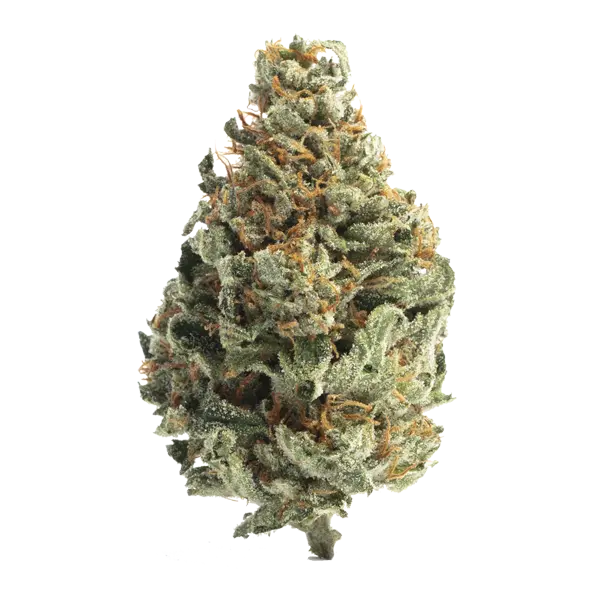
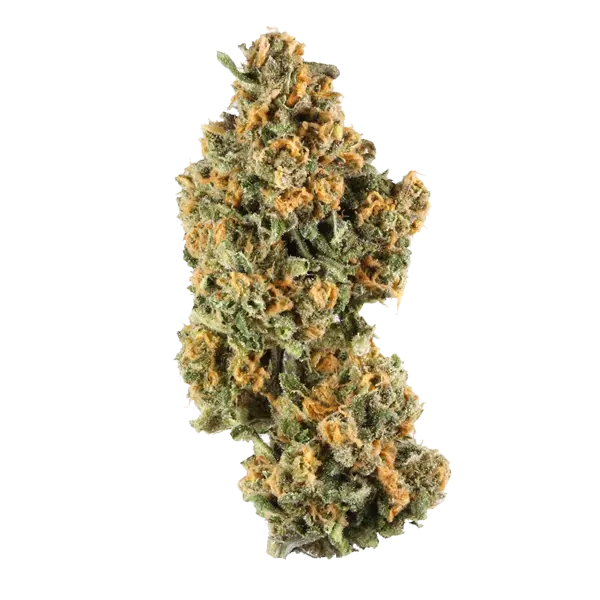

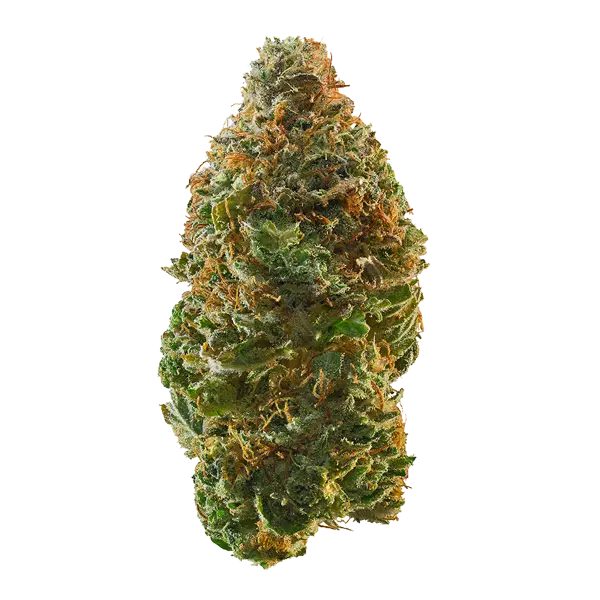

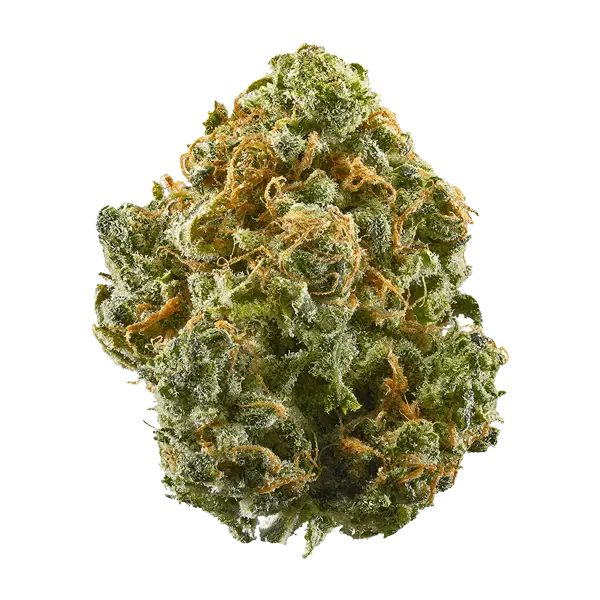

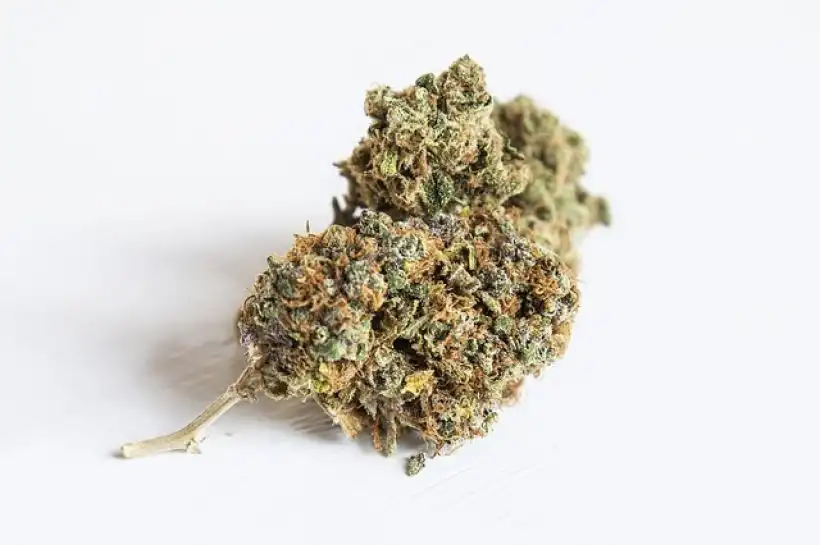





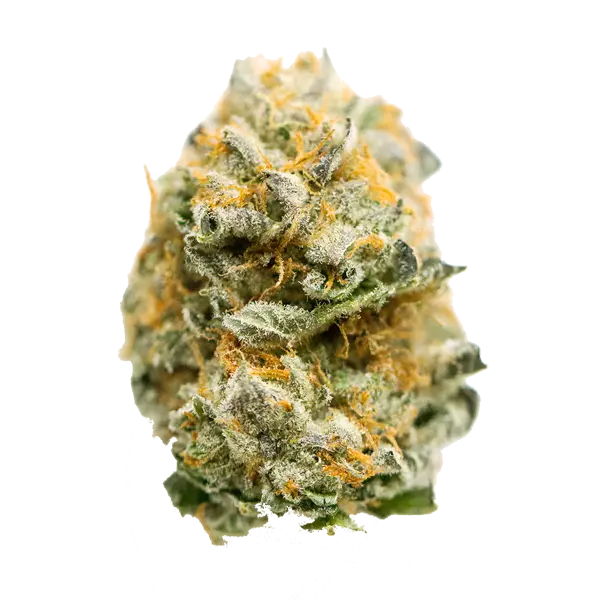
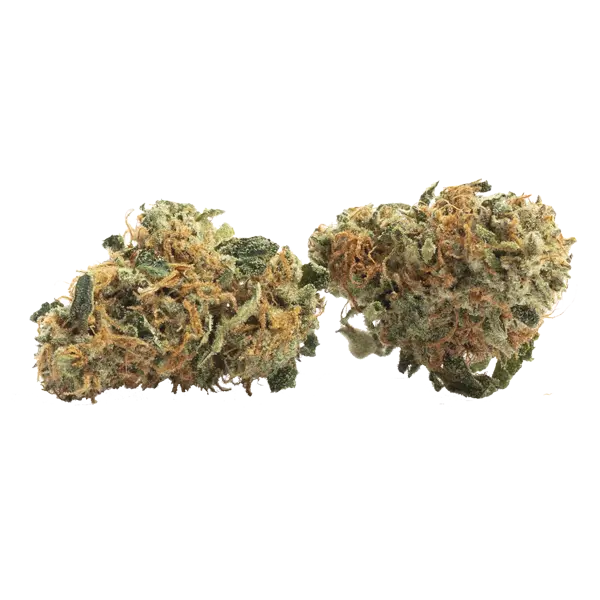
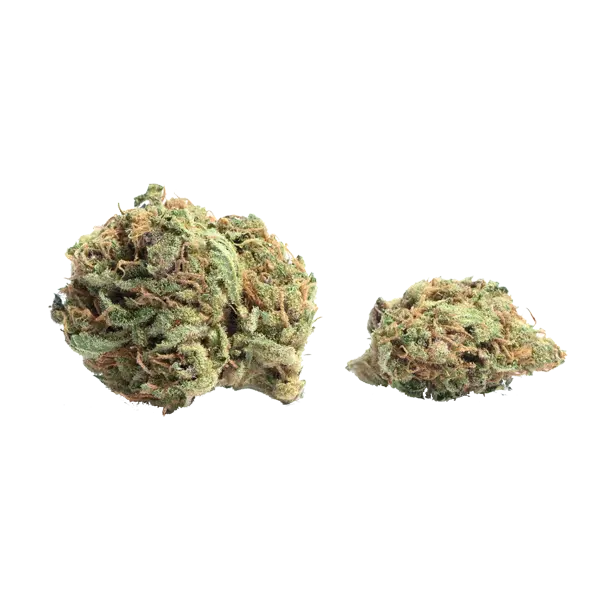







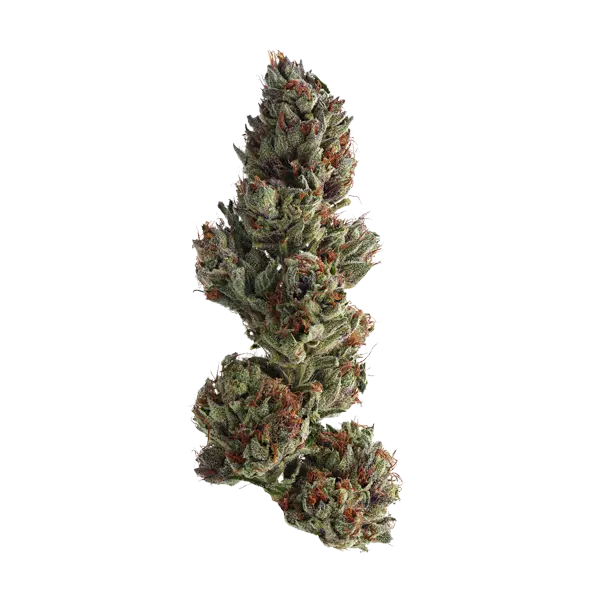



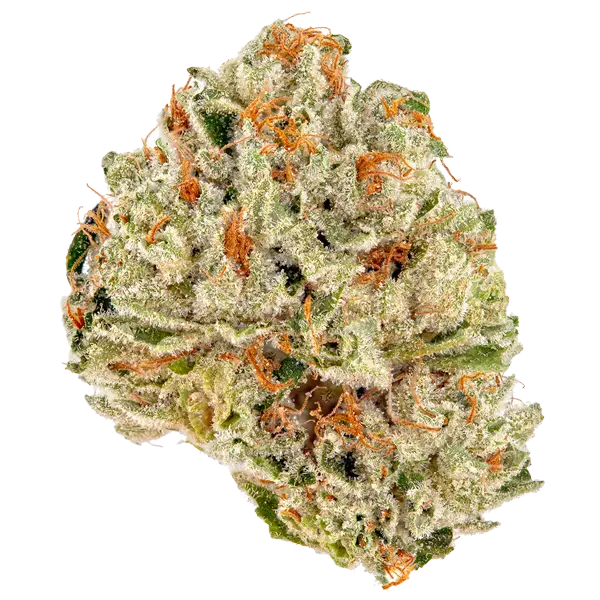
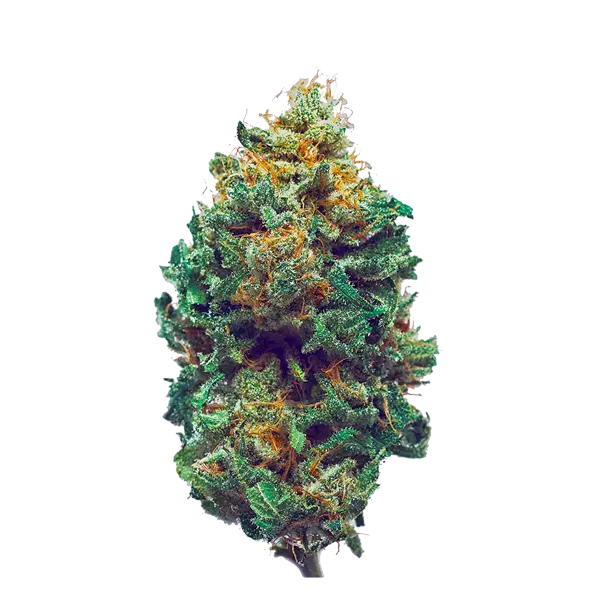
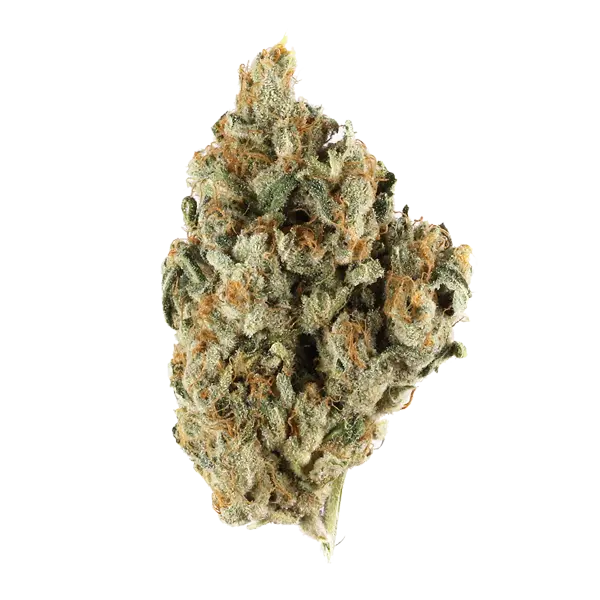

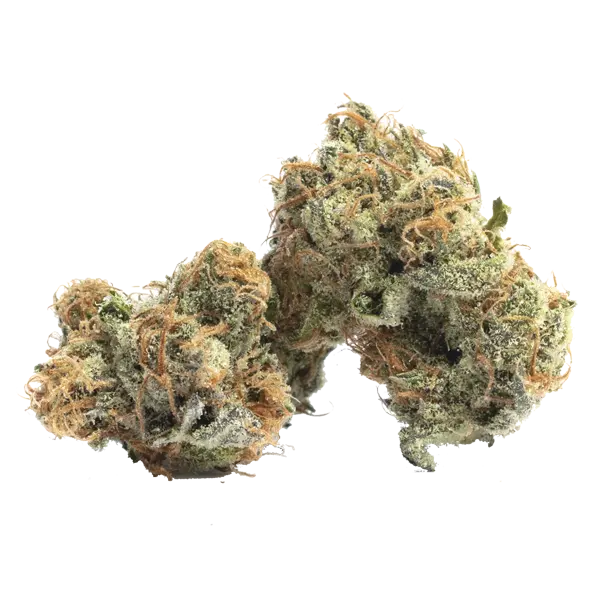
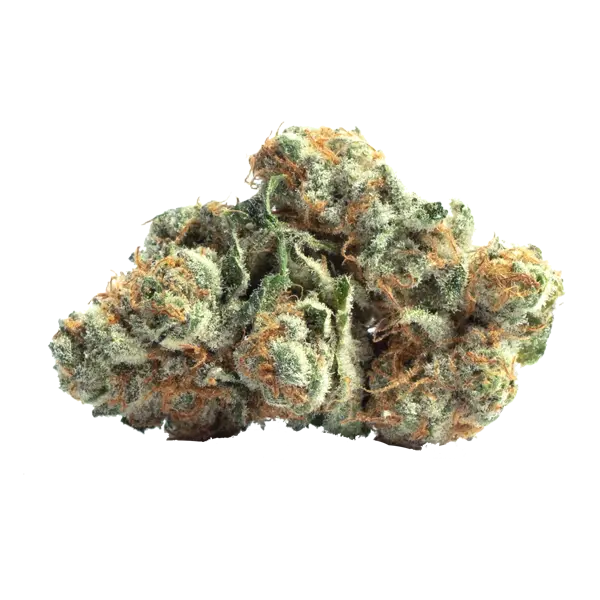
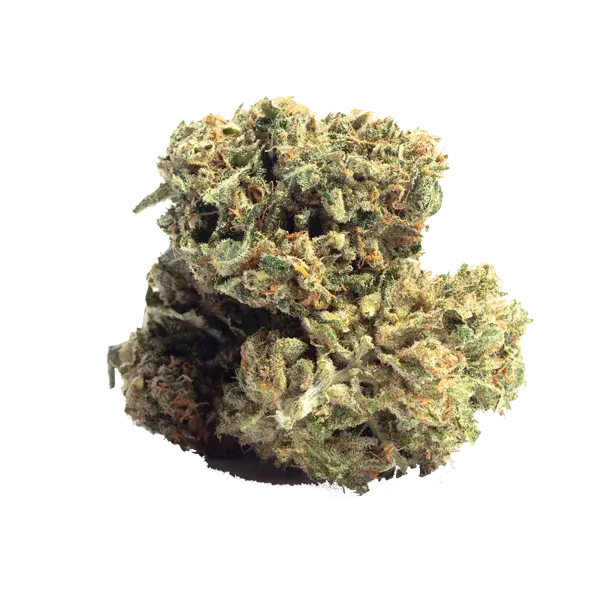
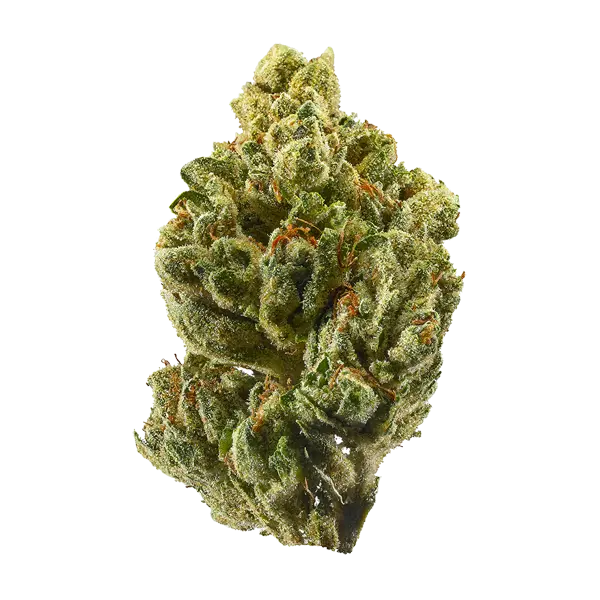
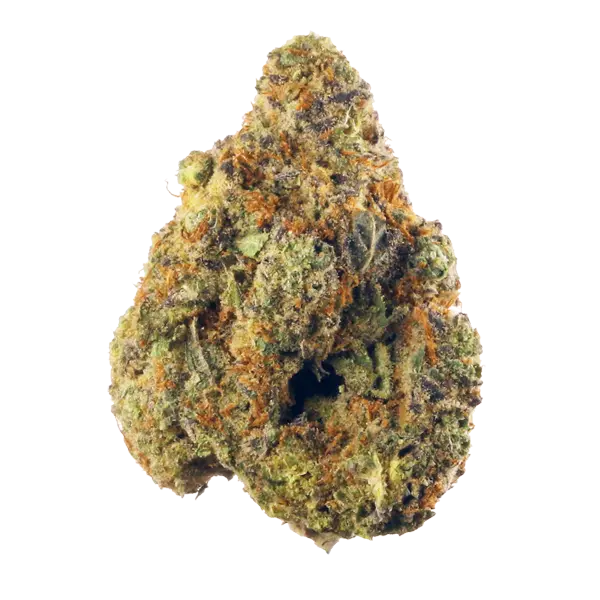
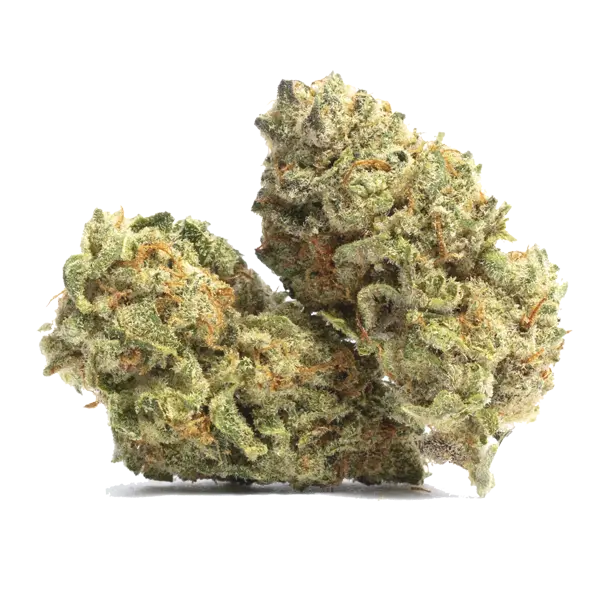
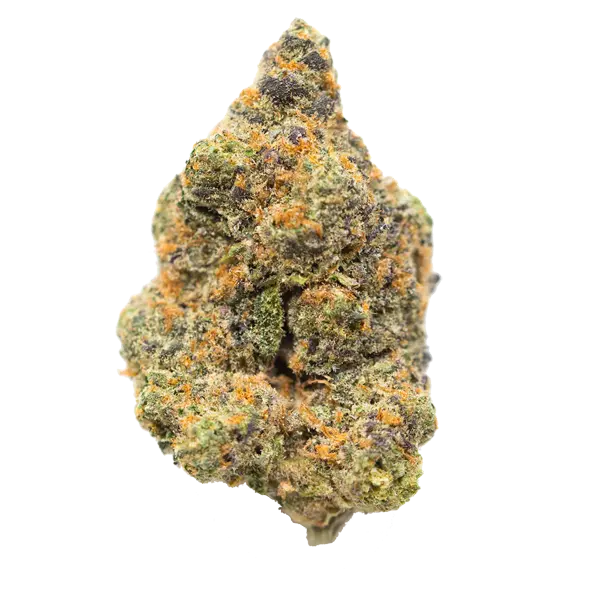
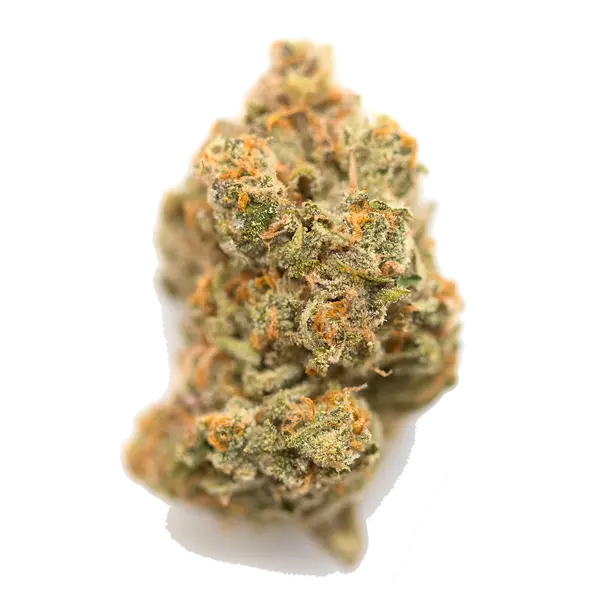
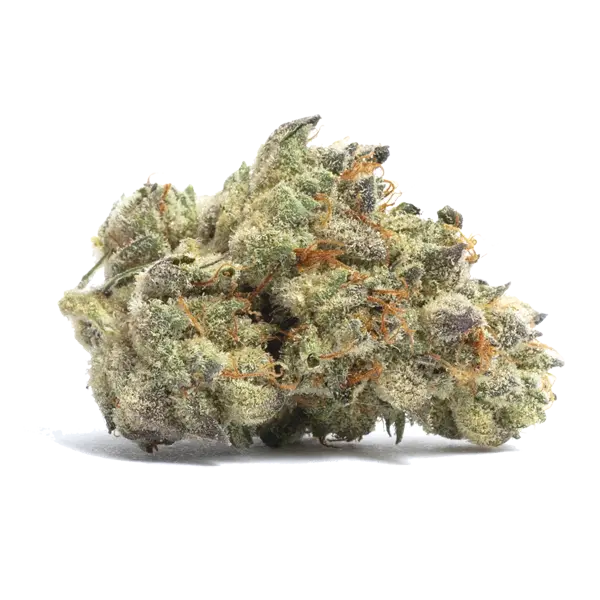
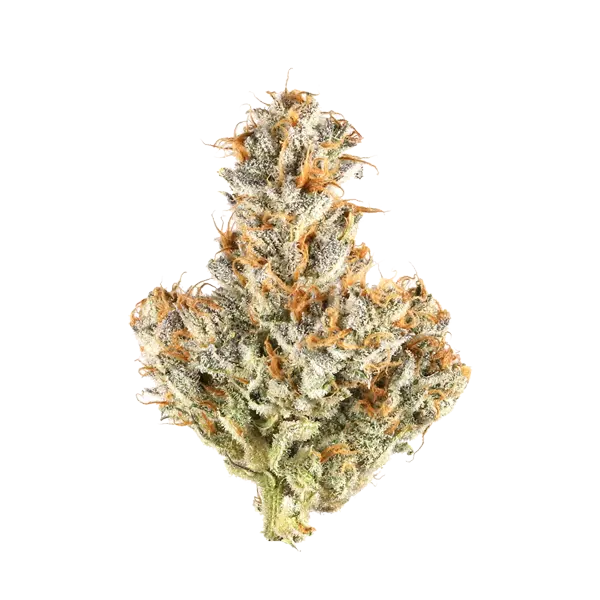
















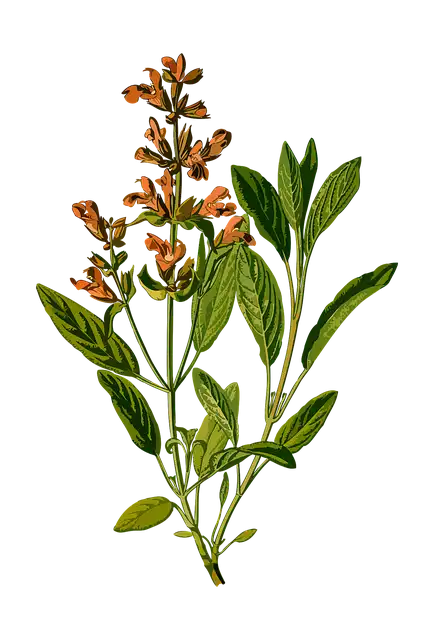

 SOG & SCROG - Cannabis Training Techniques for Producing
SOG & SCROG - Cannabis Training Techniques for Producing Cannabis as a Potential Treatment for Migraine Headaches
Cannabis as a Potential Treatment for Migraine Headaches








